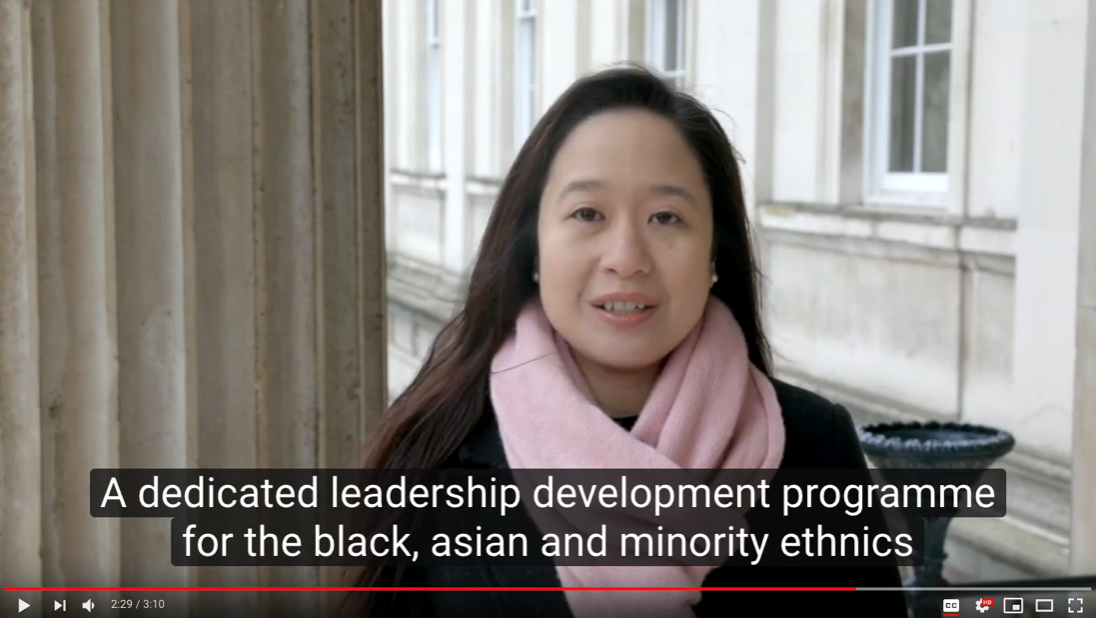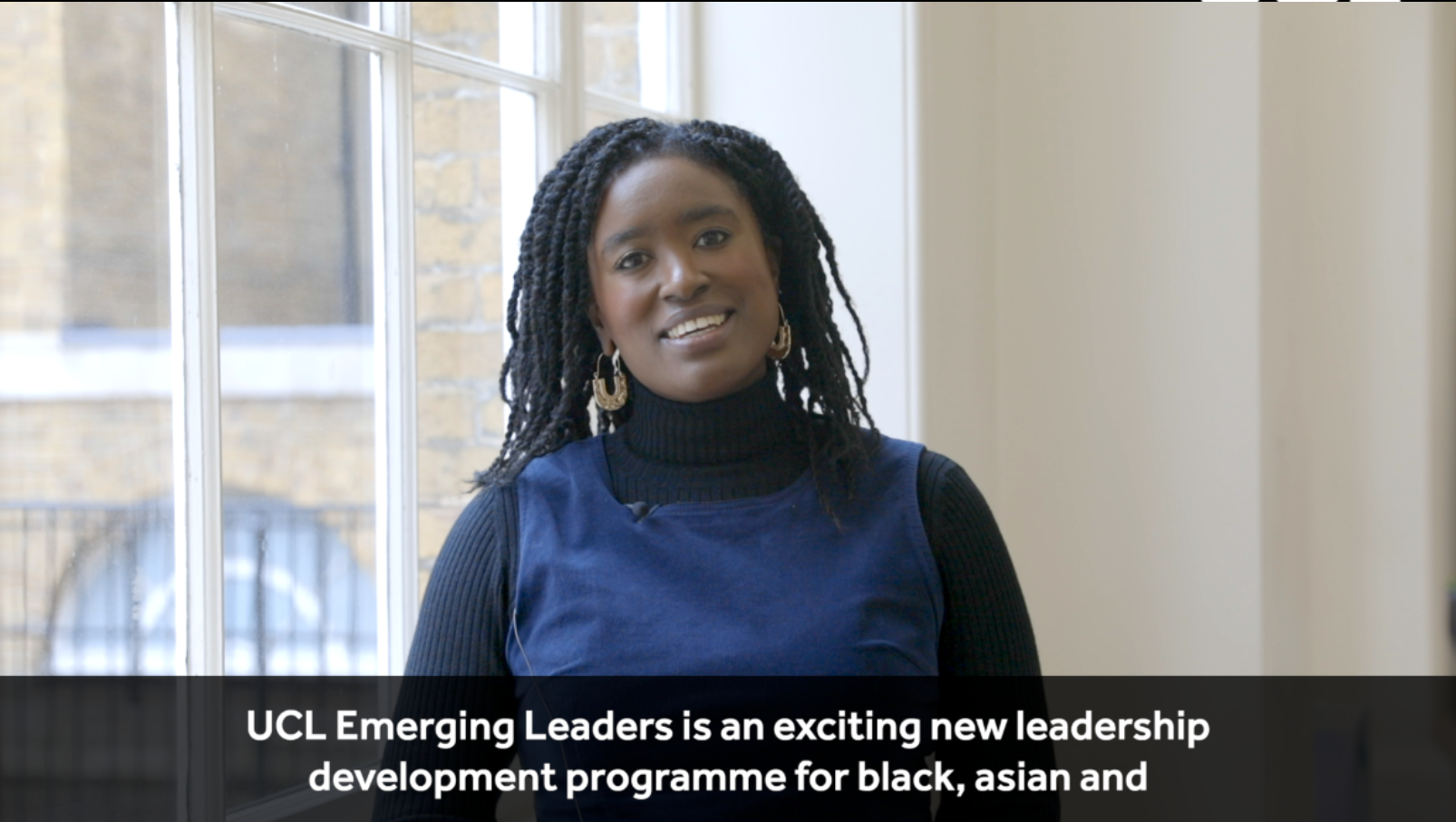Options for Captions and Subtitles
Captions and subtitles are similar (they both appear as text on the bottom of the screen), but they aren't the same. Captions are a transcription of dialogue, while subtitles are a translation into an alternative language.
Why caption?
- The Equalities Act 2010 states that creators must produce accessible material for people with a disability.
- Captioning video is considered a ‘reasonable adjustment’ to make for people with a registered disability.
- Also beneficial for students who have English as a second language.

CLOSED CAPTIONS

Closed Captions are separate text files that can be turned off or on using a ‘cc’ button. Most video streaming sites support it. Closed Captions have their own file formats such as .srt.
OPEN CAPTIONS

Open captions are text which are a ‘burned on’ part of the actual video, and can’t be turned off. This often requires additional video editing.